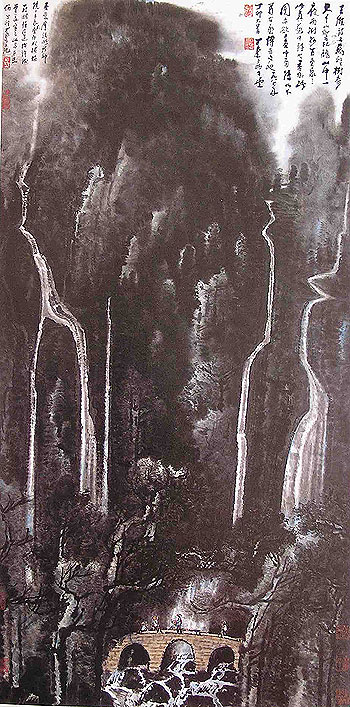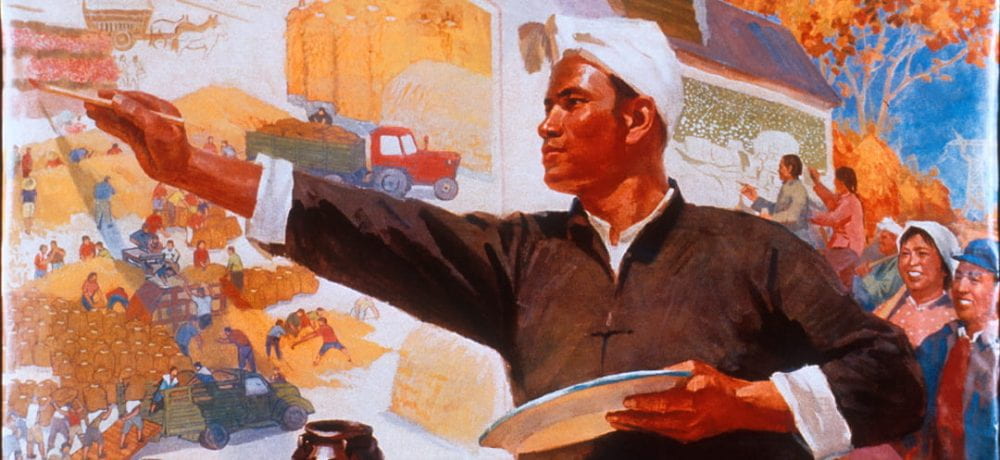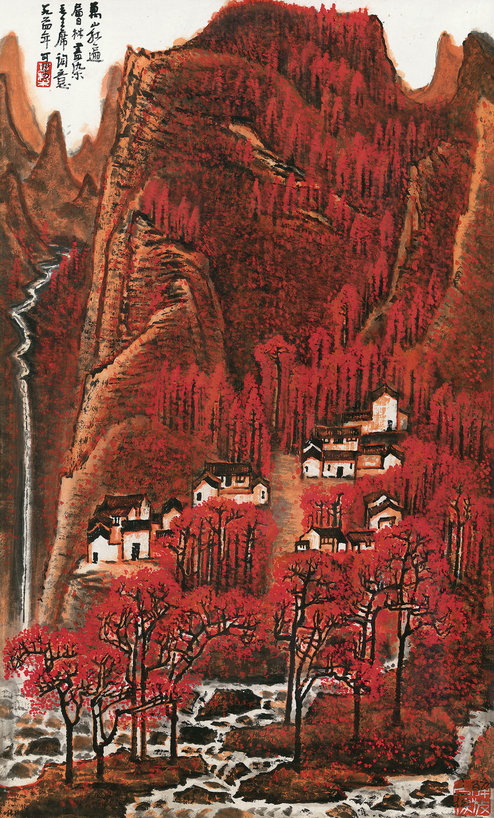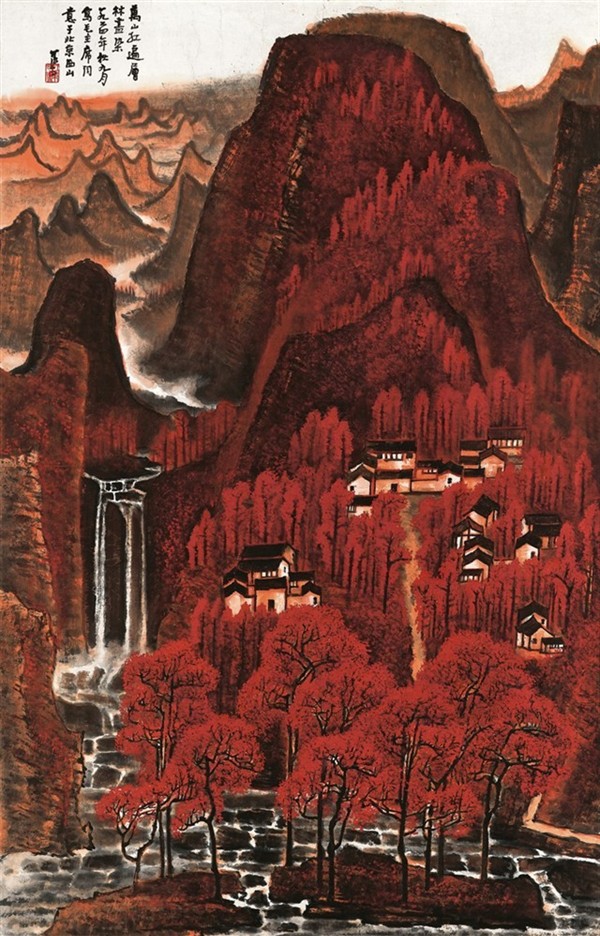Li Keran: Evolution of Landscape Painting
Li Keran (1907-1989) was one of the prolific Chinese artists of the twentieth century. He was born from an illiterate family where he lacked in formal education. Although he never went to school, he was extremely gifted in the arts from an early age and was accepted into the Shanghai Art College without any previous education based on the work he was able to produce. At the age of 42, Li Keran experienced vast social and cultural change in his home nation of China when Mao Zedong of the Communist Party declared the People’s Republic of China after the end of the Chinese Communist Revolution. The Great Leap Forward Campaign presented by Mao Zedong was a campaign set to allow economic and social change which decimated China and turned many art academies into factories. During the Cultural Revolution, Li Keran had to face incrimination from the Red Guard who confiscated and destroyed many of his works (Hawks 2017). The Red Guard criticized him for adhering for the ways of Old China. After this he was imprisoned, where he was forced to transcribe the thoughts and words of Mao. He used this time to develop his form of calligraphy and art instead of the content, out of fear of disobeying the Red Guard. After his release, he used ancient seal scripts to develop a new form of calligraphy that exhibited much more emotion and energy than previously seen before (Roberts 2007).
Li Keran had his own unique form of landscape painting, where he used extensive amounts of ink. He adapted his art form over time based on his cautious political approach. Before 1949, his most prolific works were those of ancient figures and water buffalo (Hawks 2017). Once the Communist Party took over, he was not allowed to create art that did not put the party in high regard. Post 1949, Li Keran moved on to landscape paintings. Since landscape paintings were seen as works of Old China, Li Keran modified it by blending the traditionalist view of landscapes with a scientific outlook from the west. It is important to understand the difficulties Li Keran went through in order to establish his voice in a rapidly-changing New China. He was bombarded with many challenges throughout his life, but ultimately, prevailed.

Li Keran, ‘Inspired by Wang Wei’s poetry, ink and color on paper, 1987.
Bibliography
Hawks, Shelley Drake. The Art of Resistance : Painting by Candlelight in Mao’s China Seattle: University of Washington Press, 2017.
Roberts, Claire. “A Century of Li Keran: Commemorating the Centenary of a Guohua Artist.” A Century of Li Keran . China Heritage Quarterly, The Australian National University, December 2007.



